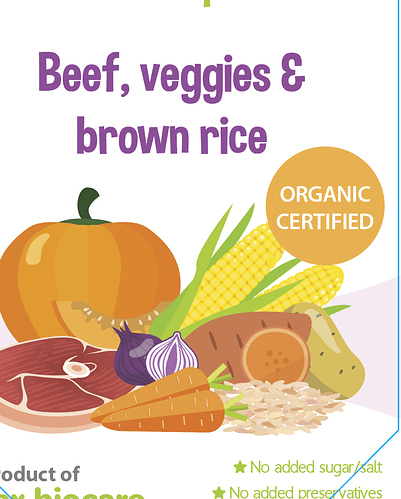Last night I had written up much the same advice as PrintDriver, then didn’t post it because I’m not sure what the printer’s comments mean.
You say you can use nine spot colors, but that isn’t mentioned in the printer’s notes, which says, among other things, that the front cover is composed of process magenta and yellow, which is only partially true — there’s also cyan and black. The notes go on to say you can get the desired color by mixing inks, as in, I suppose, combining screen tints, which is exactly what 4-color process does and which you’re saying they can’t do. The printer also says the type on the back cover is composed of magenta and yellow, but the small part of it that you’ve posted contains black type.
So your comments about what the printer said seem to be in addition to what the printer’s confusing written words say. It all adds up to confusion.
There are printers who could print this in 4-color process quite well, although it probably would be best to use 4-color process + two or three spot colors. It would also be possible to rethink the colors a bit and pick nine spot colors and screen tints of those spot colors. There are multiple ways of doing this that would work. Honestly, though, if you’re going the spot color route, the fewer colors you use, in all likelihood, the less expensive this printing job will be (depending on the printer, of course and your client/employer’s needs).
However, given your confusion and the confusing comments by the printer, I would definitely get in touch with them and have a good, solid, informative discussion about what they can do, what they can’t and find out exactly how they need the artwork prepared. If it were me and I got the run-around from them, I’d be looking for a new printing company at that point. However, the problem might also be your inexperience (don’t know your background).
Whatever the reasons, you need to reach a mutual understanding with whatever printer you use. We can give opinions, but I’ve been doing this kind of thing for going on 40 years now, and even I’m confused by the details of what you’ve written and shown us. The only way you will clear this up is to communicate directly with the printer and not accept anything less from them than getting a complete understanding of the problem and what they need from you.

